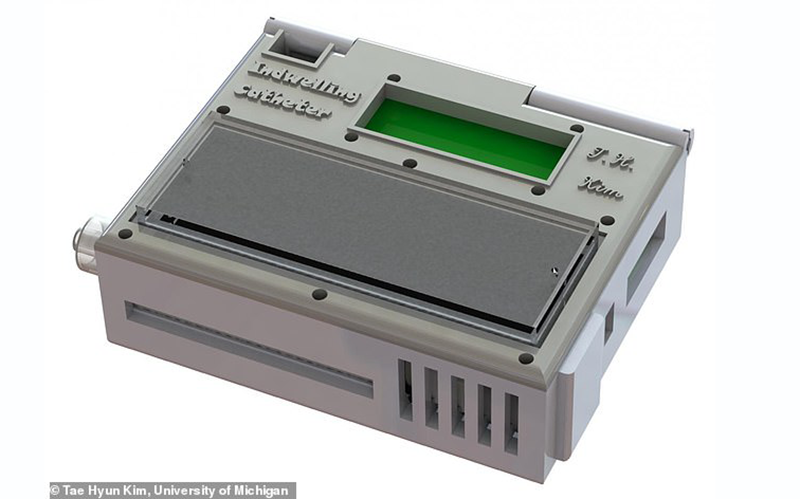Scientists at the University of Michigan have developed a wearable device that could soon replace traditional biopsies to diagnose cancer. The watch-sized device can harvest more than three times as many cancer cells than a standard blood test, according to the researchers. This novel device could help doctors to identify cancer in the blood that traditional blood tests can miss, preventing the need for invasive biopsies.
Read more Canadian Researcher Develop Low-Cost Handheld Cancer Probe to Detect Melanoma Early
“Nobody wants to have a biopsy,” said Dr. Daniel F. Hayes, a professor at the University of Michigan Rogel Cancer Center and the paper’s senior author. “If we could get enough cancer cells from the blood, we could use them to learn about the tumor biology and direct care for the patients. That’s the excitement of why we’re doing this.”
Tumors can release more than 1,000 cancer cells into the bloodstream in a single minute. Current methods of capturing cancer cells from blood rely on samples from the patient — usually no more than a tablespoon taken in a single draw. Some blood draws come back with no cancer cells, even in patients with advanced cancer, and a typical sample contains no more than 10 cancer cells.
The device is made up of four major components: a micro-controller, a peristaltic pump, a heparin injector and a CTC capture module containing a microfluidic capture chip. The whole system sits inside a 3D printed casing and can be controlled wirelessly using a custom-built app, reports MobiHealthNews.

When a patient wears the device, whole blood from his or her peripheral vein is routed into the device through an indwelling intravenous catheter, and then back into their bloodstream. Because of this procedure, the device can screen a substantially larger volume of the patient’s blood with minimal loss.
Over a couple of hours in the hospital, the new device could continuously capture cancer cells directly from the vein, screening much larger volumes of a patient’s blood. In animal tests, the chip in the wearable device trapped 3.5 times as many cancer cells per milliliter of blood as it did running samples collected by blood draw.
Read more Breakthrough Microfluidic Device Detects Cancer Faster and Less Invasively
Hayes believes the device could start human clinical trials in three to five years. It would be used to help to optimize treatments for human cancers by enabling doctors to see if the cancer cells are making the molecules that serve as targets for many newer cancer drugs.
“This is the epitome of precision medicine, which is so exciting in the field of oncology right now,” says Hayes.
The study was published in the journal Nature Communications.












